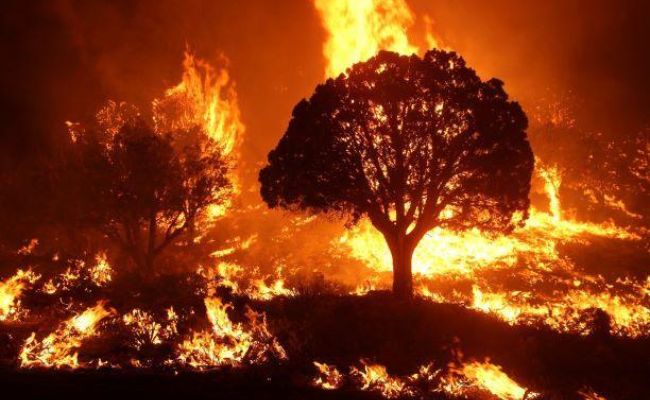The recent spate of wildfires across the United States has once again underscored the devastating impact of climate change on our ecosystems, communities, and economies. States like California, Oregon, and Washington have borne the brunt of these disasters, with unprecedented destruction of property, displacement of residents, and loss of natural habitats. Beyond the immediate damage, these wildfires are reshaping the landscape of the insurance industry and exposing significant gaps in risk coverage and preparedness.
The Growing Frequency of Wildfires
Wildfires have become an almost annual occurrence in the U.S., with their frequency and intensity increasing at an alarming rate. According to the National Interagency Fire Center, 2024 was one of the worst years for wildfires, with over 10 million acres burned across multiple states. This destruction translated into an estimated total economic loss of $20 billion, reflecting the widespread devastation caused by these fires.
The Challenge of Being Underinsured
A significant portion of these losses remains uninsured. Reports suggest that out of the $20 billion total loss, insured losses accounted for approximately $10 billion, leaving $10 billion in uninsured losses to be borne by individuals, businesses, and communities. This highlights the widening gap in risk protection, particularly in high-risk areas where wildfire coverage is either unaffordable or unavailable.
Rising premiums have forced many residents in wildfire-prone areas to forgo adequate coverage. In California alone, several insurers have reduced or ceased underwriting policies in high-risk zones, citing unsustainable losses. This has led to increased dependence on state-level insurance pools, which are often insufficient to cover catastrophic damages.
Climate Change and the Insurance Industry
The escalating financial toll of wildfires is also having a ripple effect on the global reinsurance market. Reinsurers, who provide a safety net for primary insurers, have faced mounting claims from wildfire-related disasters. As a result, global reinsurance premiums for catastrophe risks increased by 15-20% in 2024, driven by the rising frequency and severity of climate-related events. This upward trend is expected to continue, putting additional strain on insurers and policyholders alike.
Traditional risk assessment models are proving inadequate in predicting the scale and impact of future wildfires. To address this, insurers are adopting advanced technologies such as AI, satellite imagery, and geospatial analytics to refine their risk models. These tools enable more accurate pricing and better understanding of vulnerabilities in high-risk regions.
Lessons for the Future
The wildfire crisis offers several critical lessons for the insurance industry:
1. Focus on Climate Resilience: Insurers must prioritize climate adaptation by promoting sustainable practices and investing in risk-reduction measures. Collaborations with governments and communities to mitigate wildfire risks—such as creating defensible spaces and improving forest management—are essential.
2. Innovation in Insurance Products: The industry needs to innovate by developing accessible and affordable products, such as parametric insurance, which provides immediate payouts based on predefined triggers like temperature or fire intensity.
3. Addressing Underinsurance: Governments and insurers must work together to make insurance more affordable and accessible in high-risk areas. Subsidized insurance schemes and incentives for adopting preventive measures, such as fire-resistant materials, can help close the protection gap.
4. Global Collaboration: The wildfire crisis is a global issue requiring international cooperation. Sharing data, resources, and best practices can enhance the industry’s ability to tackle climate-related risks.
Conclusion
The recent wildfires in the U.S. highlight the profound impact of climate change on the insurance industry and society at large. With total losses exceeding $20 billion and global reinsurance premiums rising sharply, the need for innovative risk management solutions has never been more urgent.
As these disasters grow in frequency and intensity, the insurance industry must adapt to the changing climate landscape. By leveraging technology, fostering collaboration, and embracing innovative solutions, insurers can play a pivotal role in building a safer, more resilient future for communities worldwide.


